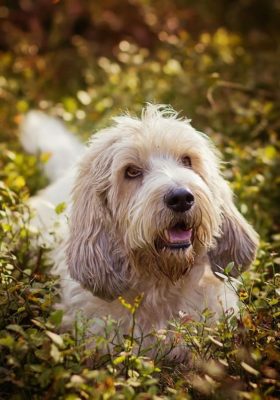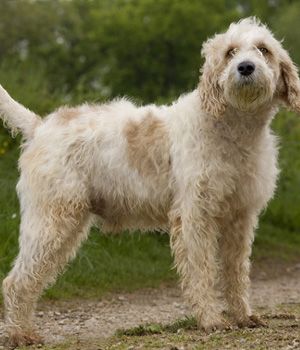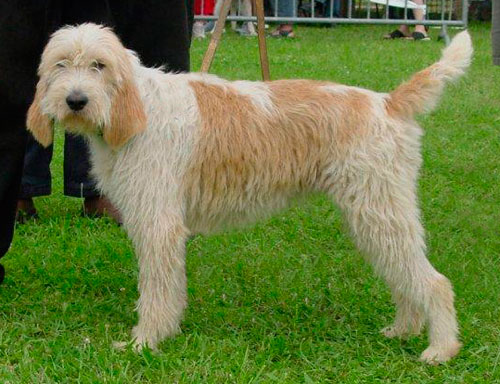Grand Griffon Vendéen
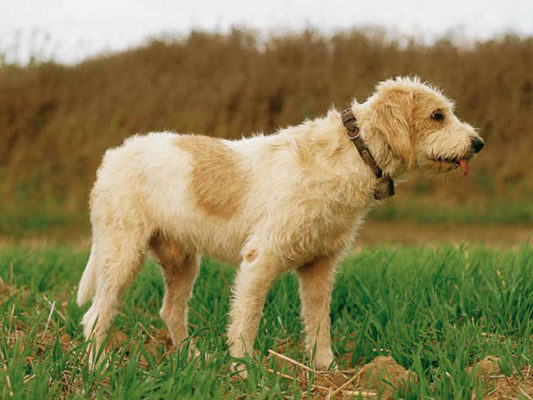
There are many positive things about the character of the Grand Griffon Vendéen, but even so, he is not an ideal dog. Mainly because of his need for a lot of training and his tendency to be independent. Like many dogs bred for work, the Grand Griffon Vendéen has its own opinion and is not afraid to show it. In a working environment, this is very useful, as it allows the dog to make decisions on the fly without having to turn to a guide constantly.
Table of Contents
Breed Information
| Another Name | Large Vendéen Griffon |
| Origin | France |
| Height | Males 62-68 cm Females 60-65 cm |
| Weight | Males 18-20 kg Females 17-19 kg |
| Fur | Long, stiff, rough |
| Color | Black, pale, brown, white or a combination thereof |
| Lifespan | 10-12 years |
| FCI Classification | Scent hounds and related breeds |
| Group | Dogs for hunting, dogs for kids |
| Price | From $600 |
Breed Photos
Origin History
The Grand Griffon Vendéen originated as a working dog for tracking and hunting games. Their prey was not rabbits, hares, and squirrels, but generally larger and more intimidating wild boar, deer, and foxes.
The origins of the breed go back to 16th century France. Throughout the centuries, when they were created, their owners were from the lower classes. It meant that they were unlikely to ride horses. A long-legged hound would be too fast for a hunter, so they selectively bred breeds with shorter legs so the human hunter could keep up with them. Consequently, the Grand Griffon Vendéen is longer than his height.
The great variety of Griffon-type dogs partly reflected the needs of the hunter. It was not until 1907 that a technical distinction was made between the Grand and Small Griffon. Then, in the 1950s, the two breeds were recognized as separate and given their standards. It was done to prevent large and small breeds’ interbreeding and ensure that both species retained their distinctive characteristics.
Appearance
The Grand Griffon Vendéen is a medium-sized dog that is longer than his height. He is stout, with a deep chest and short but straight legs. Its tail is long and straight, partly so that the hunter can spot his dog as he makes his way through the tall grass.
This breed has a long muzzle for optimal sniffing and scent detection. And there is a certain charm, almost sweetness, in this face, and the honest eyes reflect its noble character. One of the hallmarks of the Grand Griffon Vendéen is its coat. It is long, with distinctive touches such as long eyebrows, whiskers, and beards. In truth, this long, coarse coat is meant to protect them from the thorns and thorny bushes the dogs bumped into when hunting.
Their fur comes in a variety of colors and can be one color or a combination of several. Widespread colors are black, pale, brown, white or a combination of these.
Character
There are many positive things about the character of the Grand Griffon Vendéen, but even so, he is not an ideal dog. Mainly because of his need for a lot of training and his tendency to be independent.
Like many dogs bred for work, the Grand Griffon Vendéen has its own opinion and is not afraid to show it. In a working environment, this is very useful, as it allows the dog to make decisions on the fly without having to turn to a guide constantly. However, for a pet, this is not such good quality. A common scenario is that the dog picks up the scent it is following, ignoring the owner. The dog runs away, leaving the owner frustrated and anxious.
Huge pluses in favor of the breed include his willingness to make friends and his good-naturedness. It means they are considered reliable for children and, in theory, should be a good family dog.
Care
The Grand Griffon Vendéen has a long, coarse coat. This breed does not shed much. The coat needs to be groomed once a week. One must remember brushing to keep knots and tangles under control. Also, claws and ears should be checked periodically, and their hygiene should be monitored.
Training
As mentioned above, the Great Griffon is very independent. As far as training is concerned, the dog can mind his own business rather than follow his master’s instructions. Part of this can be improved by early socialization and reward-based training. By introducing a young puppy to various people, places, and animals, the owner builds the dog’s confidence.
Reward-based training methods help bring the owner and dog closer together. This training method’s beauty is that it uses positive motivation, so the dog learns to cooperate in a relationship built on trust. In contrast, old-fashioned training methods based on dominating the dog will break his spirit and not necessarily improve obedience. You also need to provide him with plenty of mental stimulation.
Common Diseases
The Grand Griffon Vendéen, in general, is a very hardy dog. However, as with any breed, it can have certain health problems, namely joint diseases, hormonal disorders:
- hip and elbow dysplasia;
- weakening of the patellas;
- epilepsy;
- insufficient activity of the thyroid gland.
Nutrition
Feed puppies from six months to one-year-old two bowls of food per day. By the time a Grand Griffon Vendéen reaches its first birthday, one meal a day is usually enough. Often adult Griffons can eat two smaller bowls a day. Only high-quality food should be fed to this breed.
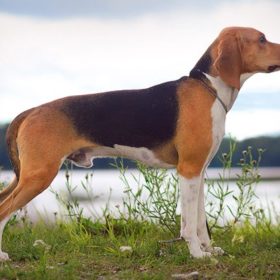 Estonian Hound
Estonian Hound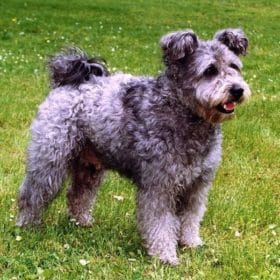 Pumi
Pumi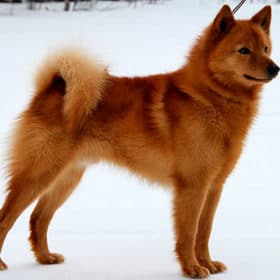 Finnish Spitz
Finnish Spitz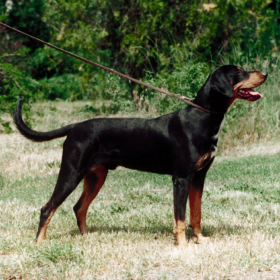 Transylvanian Hound
Transylvanian Hound Italian Greyhound
Italian Greyhound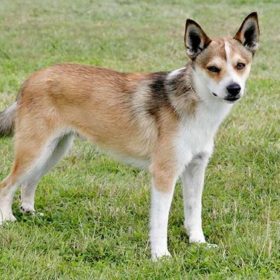 Norwegian Lundehund
Norwegian Lundehund